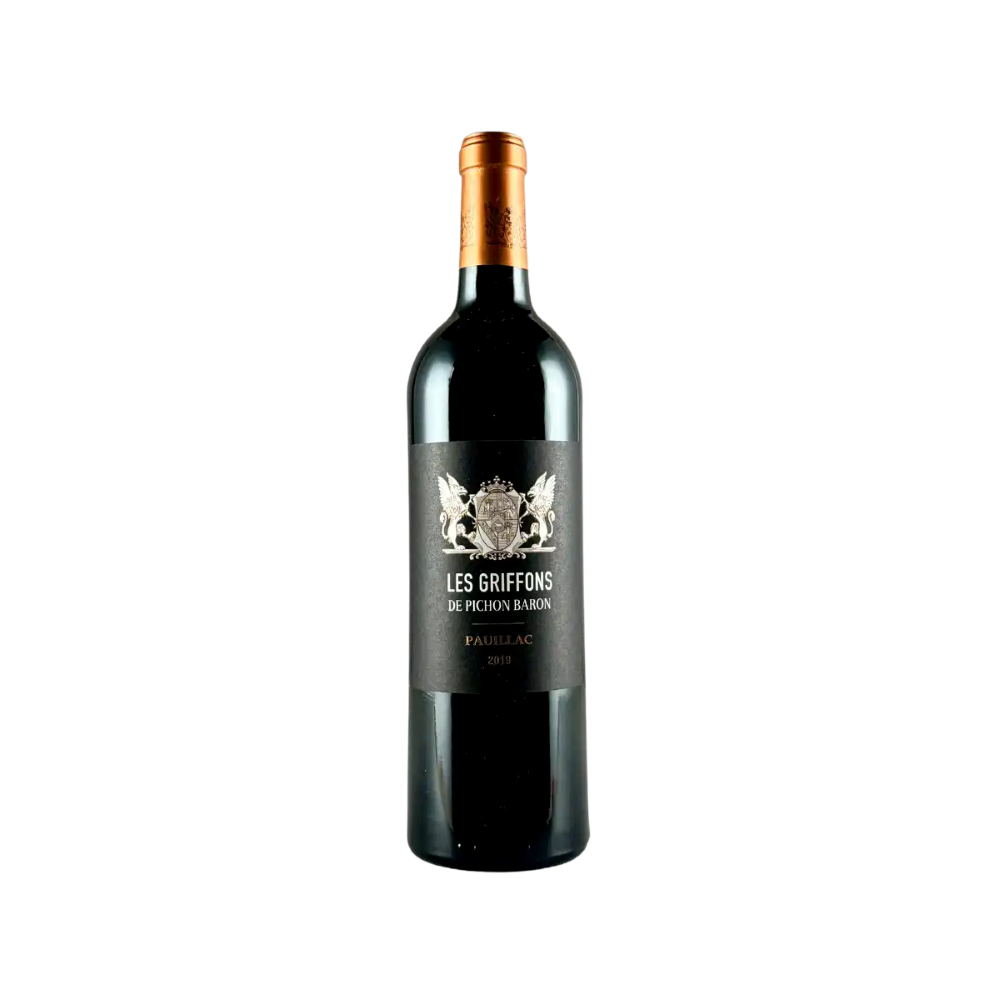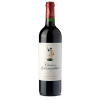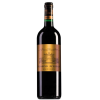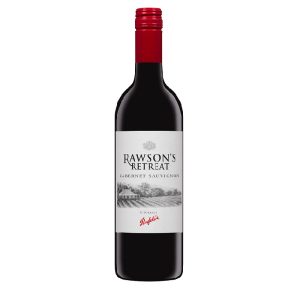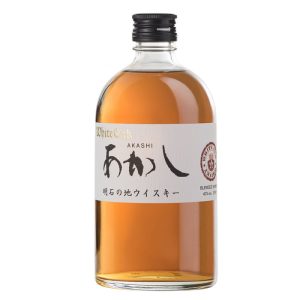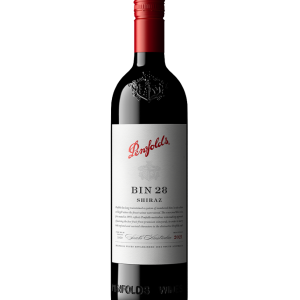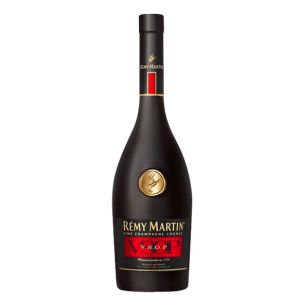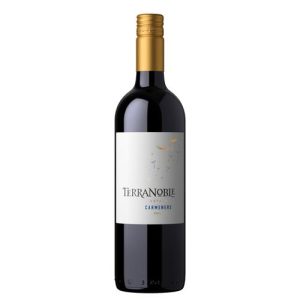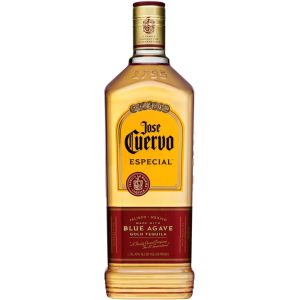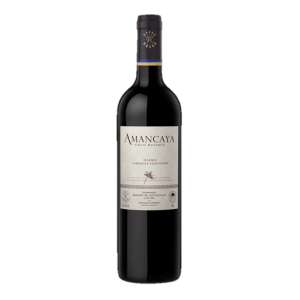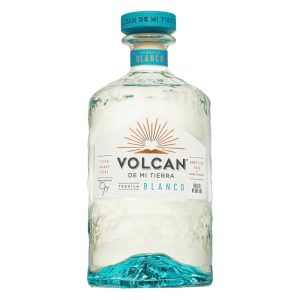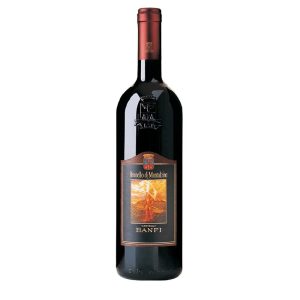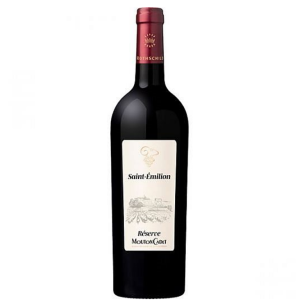Les Griffons de Pichon Baron is the estate’s latest addition. This wine has a pure and direct character. The grapes which make up this wine’s blend come primarily from gravelly plots of land near the Gironde estuary, a good environment for Cabernet-Sauvignon. Les Griffons offers a vigorous and fresh tasting experience, full-bodied and clean, overflowing with energy. It can be laid down in the cellar for over 20 years or enjoyed right away. Vintage Conditions 2019 was marked by a rainy spring and start to June, followed by a hot, dry summer. Cool spring temperatures alleviated the virulence of the mildew, and the year’s favourable weather conditions created an environment free from the threat of cryptogamic infection. The rapid warming of the soil at the end of winter led to steady and even budburst, with slow growth. Unfortunately, these cool spring conditions were not favourable to flowering and caused moderate coulure, except in our earliest-ripening terroirs. The last ten days of June gave way to hot and dry summer weather punctuated by some rain in late July and early August. The sunshine and heat stimulated the fruit aromas of the Cabernets and the concentration of polyphenols in the skins. Limited water during ripening accelerated sugar concentration and the breakdown of acids, and increased the grapes’ phenolic potential. These conditions were also favourable to the quality of the tannins. Mid-veraison was reached between 4th and 5th August on the early-ripening plots and ended quickly and evenly in mid-August. The grapes became particularly rich in mid-September due to the hot, dry conditions, then the first rains in late September weakened the skins and accelerated the harvest. This very welcome moisture stabilised the sugar concentration and allowed us to continue the harvest more serenely. 2019 was characterised by high potential alcohol content and low total acidity (little malic acid).
The harvest took place from 18th September to 1st October for the Merlot and from 30th September to 11th October for the Cabernet-Sauvignon. Plot-by-plot and intra-plot selection form the backbone of our approach. This year we paid particular attention at the sorting stage to remove the withered berries whose prune-like character favours premature development. Temperature control during vatting was made easier by cold stabilising. The alcoholic fermentations started quickly with yeast from our vineyard. Temperatures were kept at 25 to 29°C. Maceration times ranged from 15 to 23 days. Malolactic fermentation in vats took place rapidly, allowing the wine to be steadily transferred to barrels on fine lees in separate batches. The wine was transferred to barrels by the end of November.

